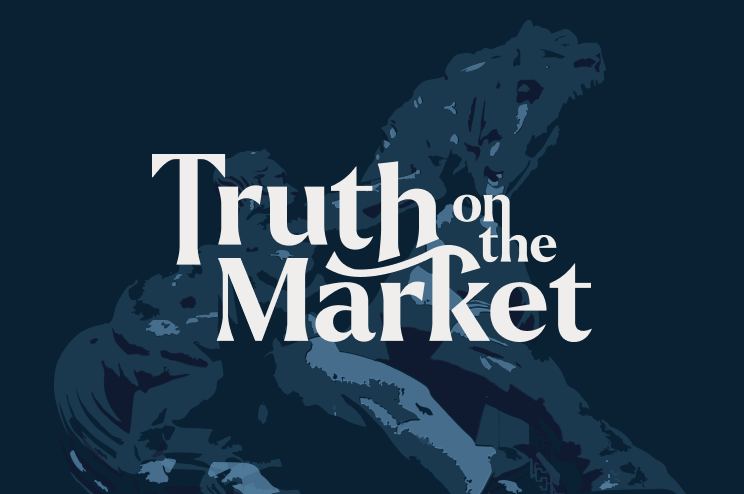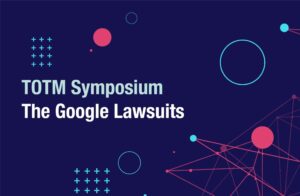Showing archive for: “Patents”
Innovation as a shield and a club in the agribusiness mergers
People need to eat. All else equal, the more food that can be produced from an acre of land, the better off they’ll be. Of course, people want to pay as little as possible for their food to boot. At heart, the antitrust analysis of the pending agribusiness mergers requires a simple assessment of their ... Innovation as a shield and a club in the agribusiness mergers
Antitrust review of ag-biotech mergers: Appropriability versus cannibalization
This symposium offers a good opportunity to look again into the complex relation between concentration and innovation in antitrust policy. Whilst the details of the EC decision in Dow/Dupont remain unknown, the press release suggests that the issue of “incentives to innovate” was central to the review. Contrary to what had leaked in the antitrust ... Antitrust review of ag-biotech mergers: Appropriability versus cannibalization
Finding your way in the seeds/agro-chem mergers labyrinth
The recently notified mergers in the seed and agro-chem industry raise difficult questions that competition authorities around the world would need to tackle in the following months. Because of the importance of their markets’ size, the decision reached by US and EU competition authorities would be particularly significant for the merging parties, but the perspective ... Finding your way in the seeds/agro-chem mergers labyrinth
Patents and mergers
How should patents be taken into consideration in merger analysis? When does the combining of patent portfolios lead to anticompetitive concerns? Two principles should guide these inquiries. First, as the Supreme Court held in its 2006 decision Independent Ink, ownership of a patent does not confer market power. This ruling came in the context of ... Patents and mergers
The Apple tax case: Plain vanilla competition policy?
Since Brussels has ordered Ireland to recover 13€ billion from Apple, much ink has been spilled on the European Commission’s (EC) alleged misuse of power and breach of the “rule of law.” In the Irish Times, Professor Liza Lovdahl-Gormsen wrote that the EC has been “bending” competition law to pursue a corporate taxation agenda in disguise. ... The Apple tax case: Plain vanilla competition policy?
Significant Impediment To Industry Innovation: A novel theory of harm in EU merger policy?
In Brussels, the talk of the town is that the European Commission (“Commission”) is casting a new eye on the old antitrust conjecture that prophesizes a negative relationship between industry concentration and innovation. This issue arises in the context of the review of several mega-mergers in the pharmaceutical and AgTech (i.e., seed genomics, biochemicals, “precision ... Significant Impediment To Industry Innovation: A novel theory of harm in EU merger policy?
ABA Antitrust Section Transition Report: A Respectful Critique
The American Bar Association Antitrust Section’s Presidential Transition Report (“Report”), released on January 24, provides a helpful practitioners’ perspective on the state of federal antitrust and consumer protection enforcement, and propounds a variety of useful recommendations for marginal improvements in agency practices, particularly with respect to improving enforcement transparency and reducing enforcement-related costs. It also ... ABA Antitrust Section Transition Report: A Respectful Critique
Commissioner Ohlhausen’s Qualcomm Dissent Points the Way Toward Sound Antitrust Enforcement
The Federal Trade Commission’s (FTC) regrettable January 17 filing of a federal court injunctive action against Qualcomm, in the waning days of the Obama Administration, is a blow to its institutional integrity and well-earned reputation as a top notch competition agency. Stripping away the semantic gloss, the heart of the FTC’s complaint is that Qualcomm ... Commissioner Ohlhausen’s Qualcomm Dissent Points the Way Toward Sound Antitrust Enforcement
Supreme Court’s Samsung v. Apple Decision and the Status of Design Patents
On December 6 the U.S. Supreme Court handed down its much anticipated decision in Samsung Electronic Co. v. Apple Inc. The opinion deferred for another day clarification of key policy questions raised by the design patent system. Writing for a unanimous Court, Justice Sonia Sotomayor reversed and remanded a Federal Circuit decision upholding a $399 ... Supreme Court’s Samsung v. Apple Decision and the Status of Design Patents
What’s next for the pharmaceutical industry?
On November 9, pharmaceutical stocks soared as Donald Trump’s election victory eased concerns about government intervention in drug pricing. Shares of Pfizer rose 8.5%, Allergan PLC was up 8%, and biotech Celgene jumped 10.4%. Drug distributors also gained, with McKesson up 6.4% and Express Scripts climbing 3.4%. Throughout the campaign, Clinton had vowed to take on ... What’s next for the pharmaceutical industry?
Competition Policy for a New Administration
As Truth on the Market readers prepare to enjoy their Thanksgiving dinners, let me offer some (hopefully palatable) “food for thought” on a competition policy for the new Trump Administration. In referring to competition policy, I refer not just to lawsuits directed against private anticompetitive conduct, but more broadly to efforts aimed at curbing government ... Competition Policy for a New Administration
The FTC’s PAE Study Recommendations: Case Not Proven
On October 6, 2016, the U.S. Federal Trade Commission (FTC) issued Patent Assertion Entity Activity: An FTC Study (PAE Study), its much-anticipated report on patent assertion entity (PAE) activity. The PAE Study defined PAEs as follows: Patent assertion entities (PAEs) are businesses that acquire patents from third parties and seek to generate revenue by asserting ... The FTC’s PAE Study Recommendations: Case Not Proven





